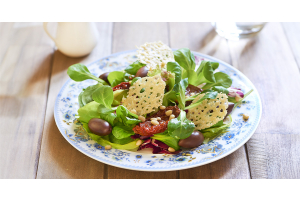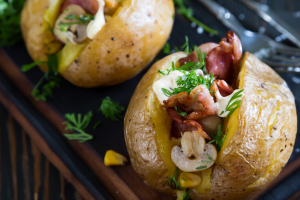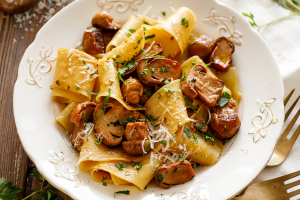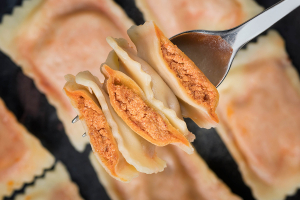Organoleptic properties of wine
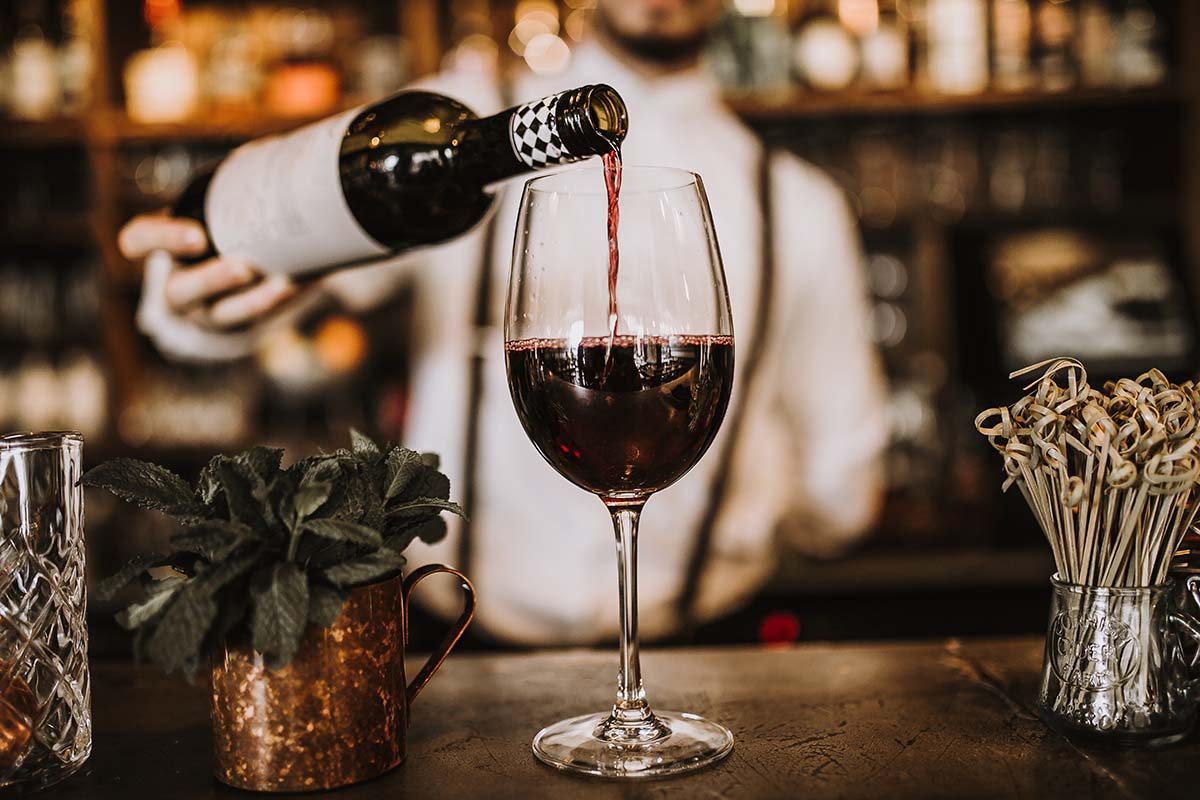
The organoleptic properties of wine represent a set of qualities and characteristics that distinguish one product from another. They are chemical-physical factors perceived at a visual and sensory level, in other words what you can see, smell and taste of a wine. But that's not all. Organoleptic properties are also the collective of reactions and emotions, more or less intense, that a wine (or a food in general) manages to arouse in a person.
Clarity, transparency, fluidity
Visual analysis is the first stage when trying to understand the organoleptic properties of a wine, whether red or white. Appearance is therefore the first factor taken into consideration, a factor that serves to define very accurately the various organoleptic properties that will then be confirmed or not in the subsequent phases. The first thing that is assessed is the colour.
In addition to colour, its clarity and transparency are assessed. These two characteristics serve to better define the wine's ability to let light shine through and the possible presence of impurities or residues, so it is a parameter that assesses the presence or absence of suspended particles.
Effervescence, mousse and colour
There is a separate chapter for the "effervescence" factor. This is one of the organoleptic properties possessed by wines which, once uncorked, develop bubbles (known by the technical term perlage). When a bottle is opened, the wine releases a small amount of carbon dioxide, a gaseous substance at room temperature.
The amount of carbon dioxide present in a wine depends on temperature and pressure. At low temperatures, for example, the gas dissolves easily.
Carbon dioxide contributes to the formation of froth. It also serves to highlight the colour of the sparkling wine, its aroma and its brilliance. The bubble also reinforces the sensation of freshness of the product. The bubbles are classified as fine, numerous and persistent.

